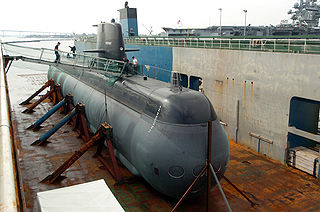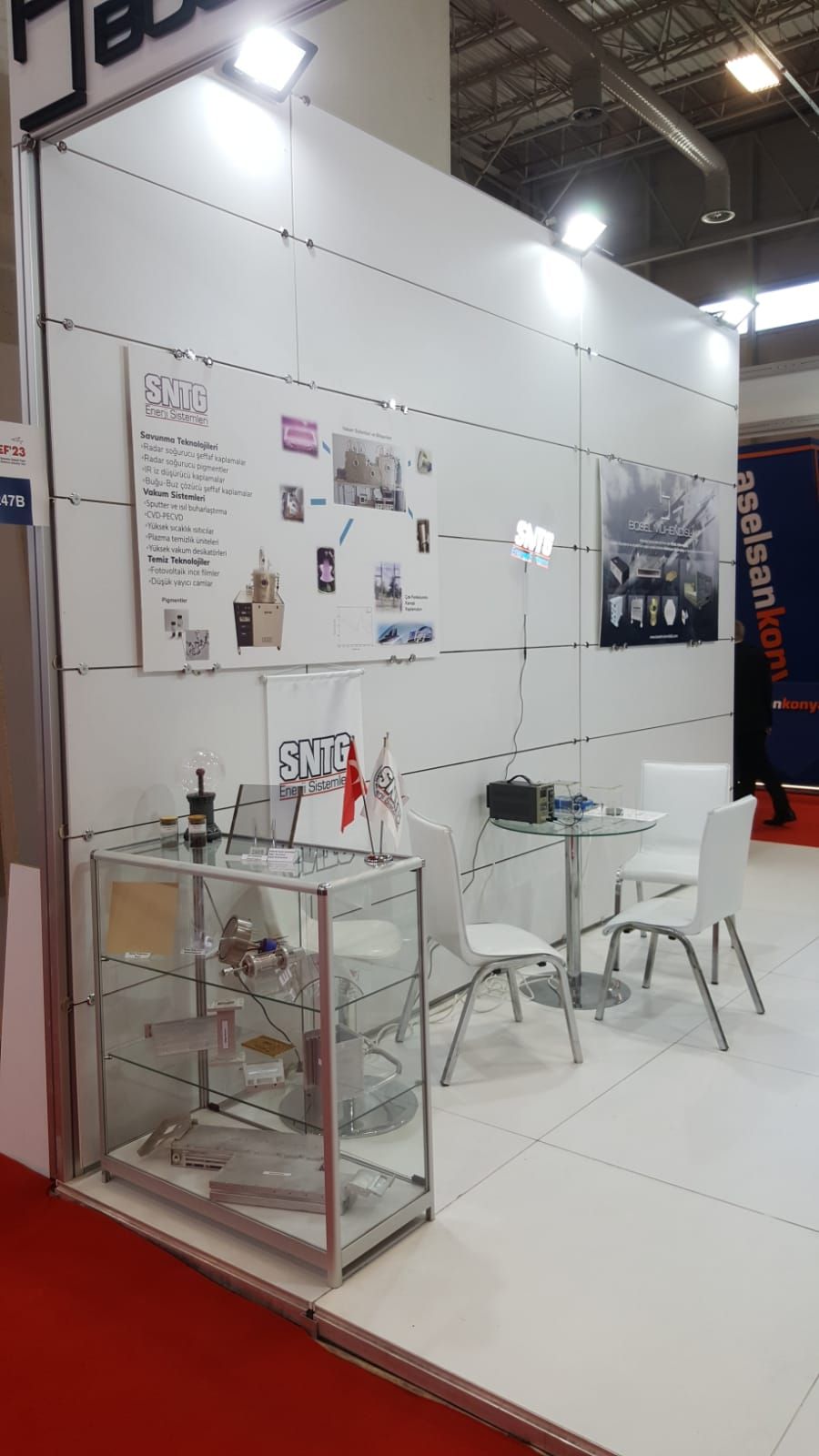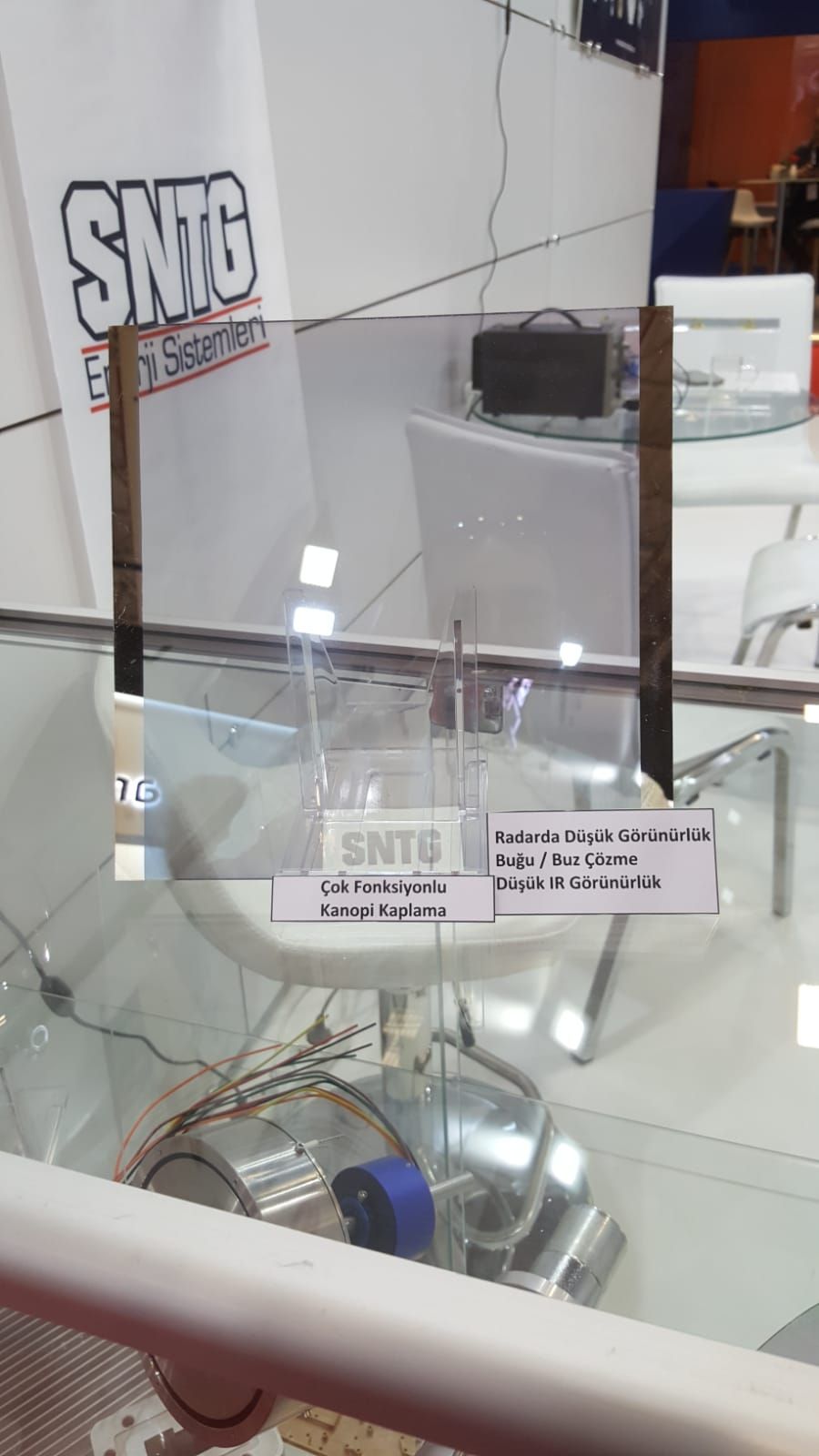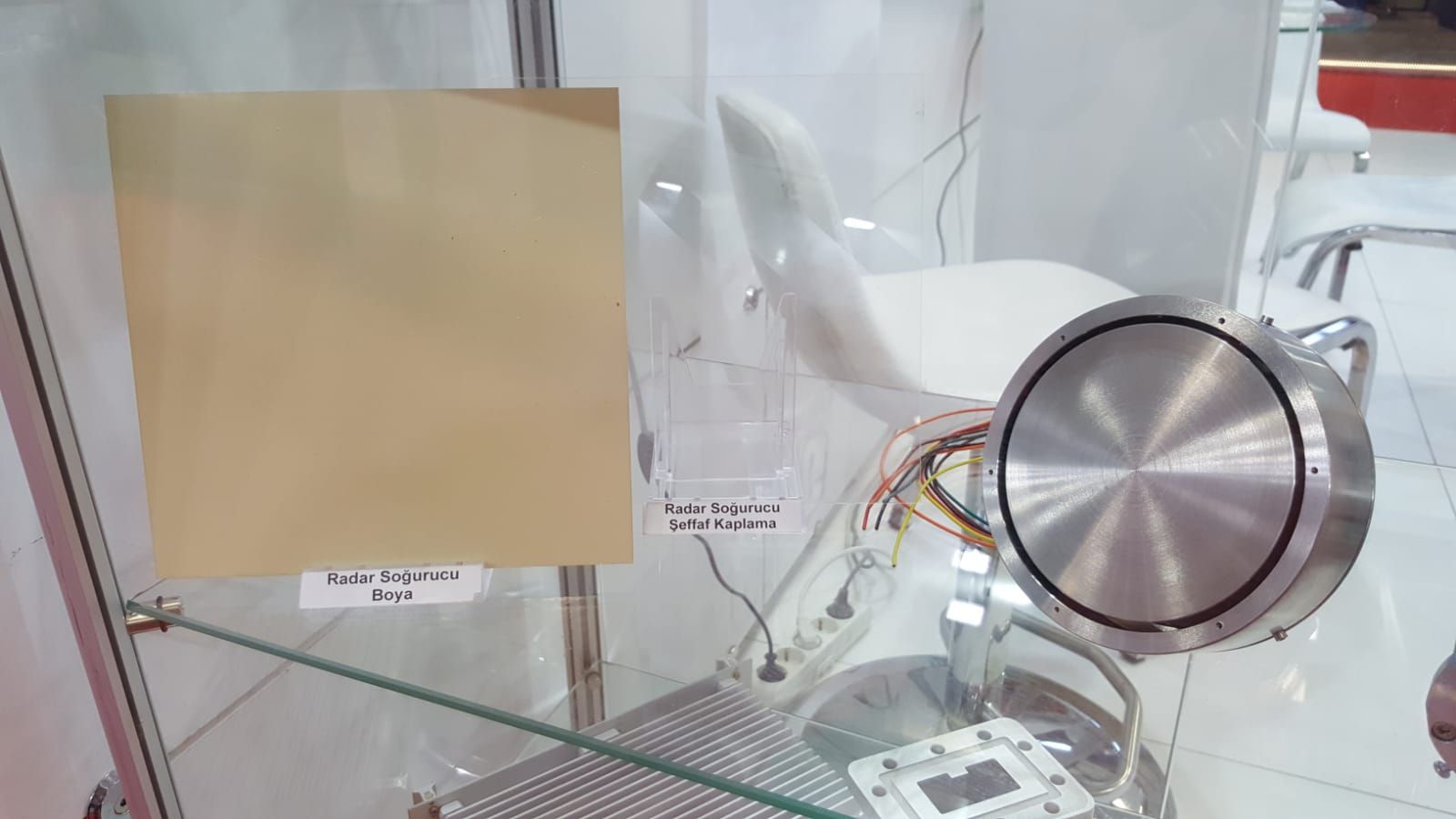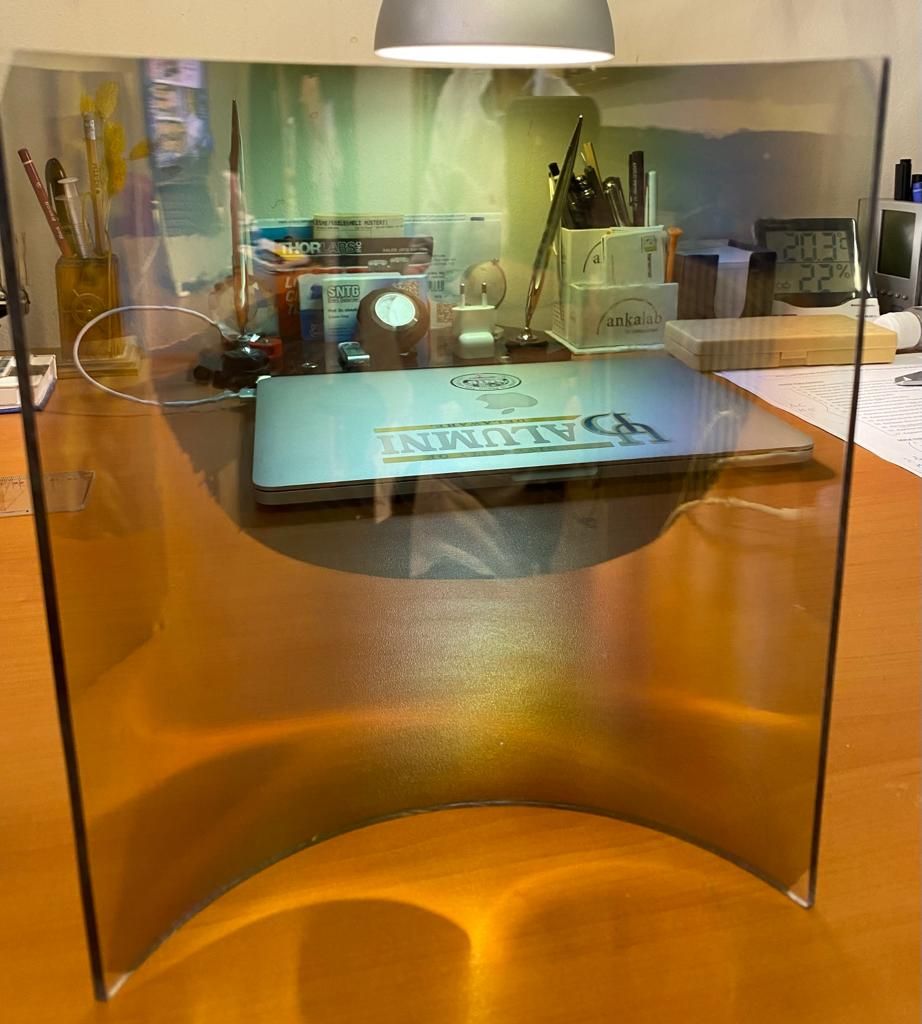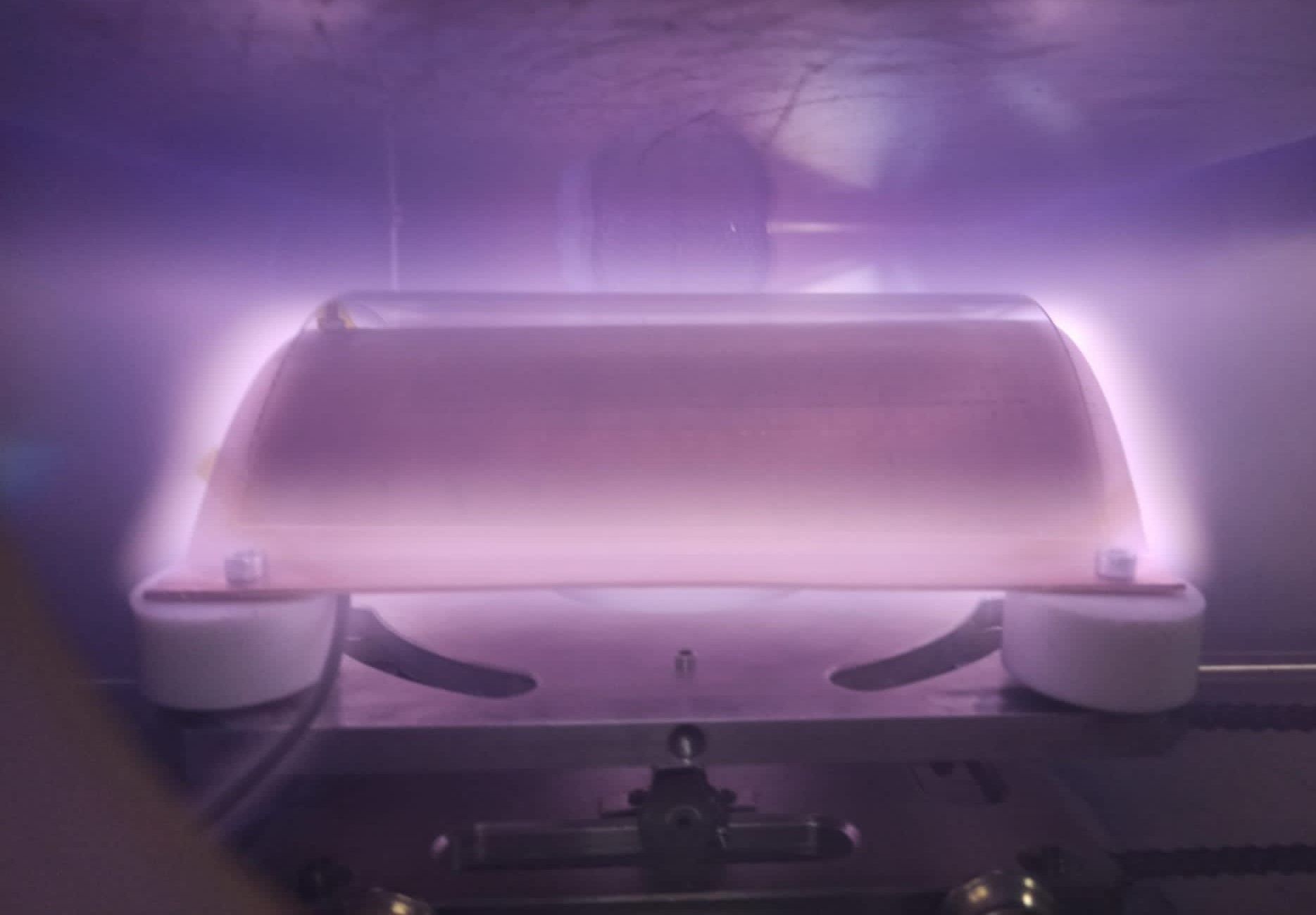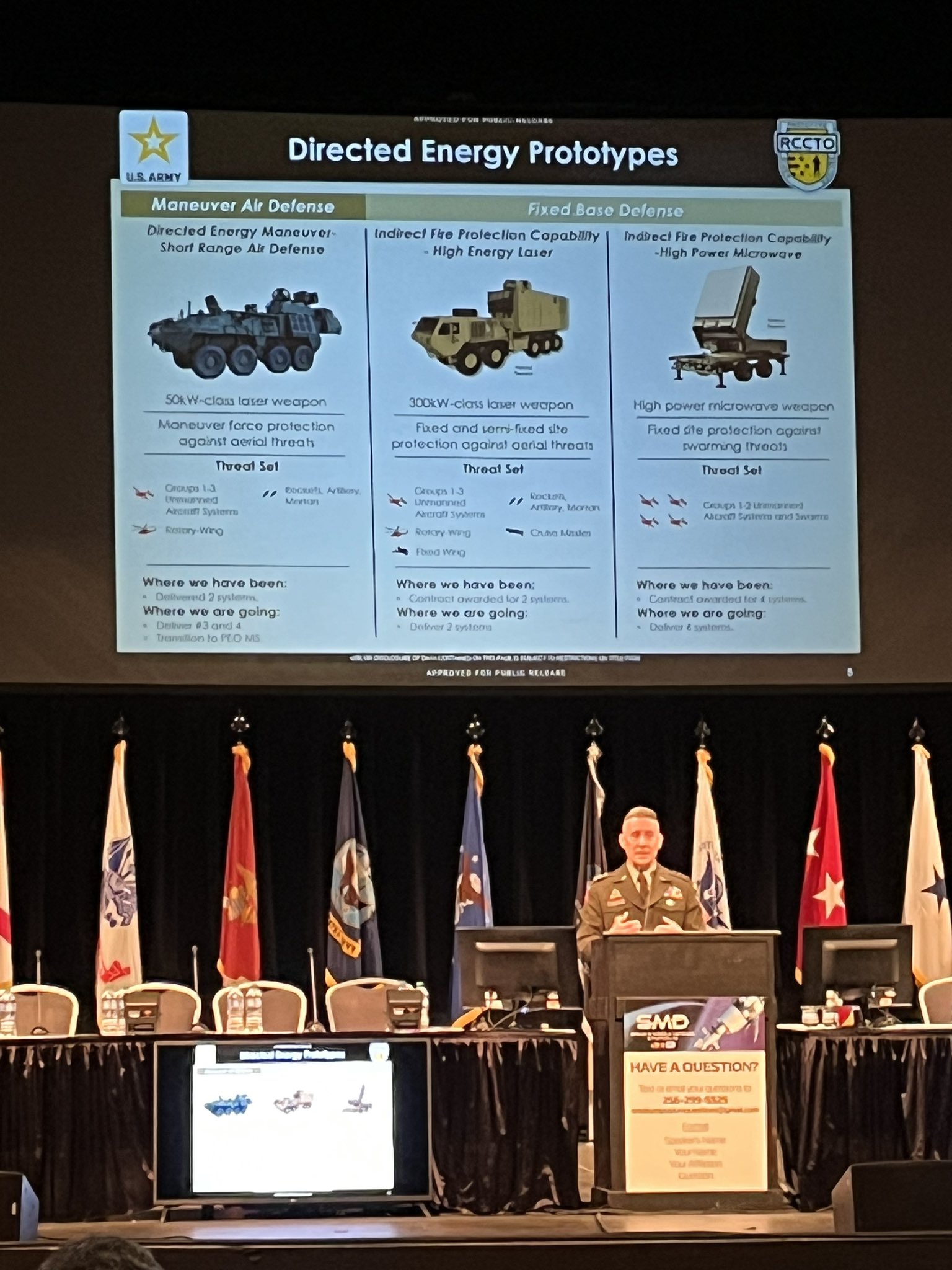Adaptive metasurface designs for thermal camouflage, radiative cooling, and photodetector applications
Bilkent University
Writer
Buhara, Ebru
Advisor
Özbay, Ekmel
Metamaterials, described as artificial sub-wavelength nanostructures, refer to a class of manufactured materials that possess distinctive electromagnetic features which cannot be found with natural materials. Thermal tunability, negative re-fractive index, perfect absorption, and invisible cloaking are examples of these attributes. Here, we design and implement metamaterials in four important ap-plication areas, namely 1) Multi-spectral infrared camouflage through excitation of plasmon-phonon polaritons in a visible-transparent hBN-ITO nanoantenna emitter, 2) Adaptive visible and short-wave infrared camouflage using a dynami-cally tunable metasurface, 3) Mid-infrared adaptive thermal camouflage using a phase-change material coupled dielectric nanoantenna, 4) An All-Dielectric Meta-surface Coupled with Two-Dimensional Semiconductors for Thermally Tunable Ultra-narrowband Light Absorption. In the first work, a metasurface design is developed to provide adaptive camou-flage in both visible and SWIR ranges. The proposed metasurface is made of an indium tin oxide (ITO) grating on a metal-insulator-metal (MIM, Ag-Sb2S3-Ag) nanocavity. In the amorphous state, the design operates as a colored transmis-sive window while, in the crystalline phase, it switches into a reflective mirror. In the meantime, the cavity acts as a thermally tunable host for the ITO nanoan-tenna providing tunable SWIR absorption to cover two transmissive regions at 1150-1350 nm (Region I) and 1400-1700 nm (Region II). It is found that the excitation of extended surface plasmons (ESPs) and guided mode resonances (GMRs) are responsible for light absorption in the SWIR range. Our theoretical calculations show that, besides the design’s ability for color adoption, the SWIR reflectance in Region I/Region II are reduced to 0.37/0.53 and 0.75/0.25 in the amorphous/crystalline phases. In the second work, a hybrid nanoantenna architecture made of ITO-hBN grating is proposed to satisfy all multi-spectral camouflage requirements. In this design, simultaneous excitation of plasmon-phonon polaritons in ITO and hBN leads to broadband absorption in the NTIR range and reflection in MWIR and LWIR ranges. Moreover, the bulk absorption in ITO film provides SWIR mode camouflage. Moreover, to highlight the importance of this hybrid design, the ITO-hBN design is compared with ITO-TiO2 heterostructure(TiO2 is a lossless dielectric in our desired ranges). Finally, the camouflage performance of the meta-surface is evaluated as the outgoing emission suppression when the metasurface design is on top of the blackbody object. In the third work, a PCM-dielectric based metasurface nanoantenna emitter design is proposed to achieve low observability at the MIR region by tailoring the spectral emissivity of the design. The proposed thermal nanoantenna emitter is composed of a high index dielectric (silicon (Si) in our case) nanograting on top of a thick silver (Ag) mirror. An ultrathin VO2 interlayer is embedded within the grating to actively tune its absorption response. The design geometries are adopted to place the resonance wavelengths in the atmospheric absorption win-dows for thermal camouflage applications. Based on the position of the VO2 layer, the optical response of the design in the metal phase can be diversely tuned from a narrowband to a broadband thermal emitter. Therefore, upon increase in the surface temperature, the proposed metasurface based thermal nanoantenna emitter turns into a broadband emitter with a stronger radiative thermal emission while it compatibly releases its heat based on the camouflage technology require-ment. The proposed design has perfect matching with atmospheric absorption windows so that it can efficiently release its heat without being observed by ther-mal camera systems. The detectability of the structure by a possible IR sensor is calculated using power calculations over the selected spectra. In addition, due to the hysteresis behavior of VO2, the calculations are done separately for cooling and heating conditions. In the fourth and final work, a dielectric based metasurface platform is pro-posed to achieve ultra-narrowband light absorption within a monolayer thick TMDC layer. For this purpose, the metasurface design is optimized. Then, this design is coupled with mono and multilayer TMDCs to observe better absorption results. For this purpose, MoS2, and WS2 are chosen as the most commonly used TMDCs. The coupling of light into Mie resonances, supported by dielec-tric nanograting, provides narrowband absorption within the TMDC layer. To reach further enhancement, a cavity design is integrated into this dielectric-based metasurface. For the best optimized design, the absorptance efficiency reaches to 0.85 and FWHM stays as narrow as 3.1 nm. Finally, the thermal tunability char-acteristic of the design is shown, without use of any phase change material. This is achieved due to strong light confinement within the design. Due to this con-finement, any small change in the refractive index is seen by the resonant design. Thus, the resonance frequency shifts and thermal tunability is acquired. The thermal sensitivity of the above-mentioned optimized design reaches to 0.0096 nm/◦C.
Metamaterials, described as artificial sub-wavelength nanostructures, refer to a class of manufactured materials that possess distinctive electromagnetic features which cannot be found with natural materials. Thermal tunability, negative re-fractive index, perfect absorption, and invisible...

repository.bilkent.edu.tr
Color generation and enhancement using large-scale compatible metamaterial design architectures
Writer
Köşger, Ali Cahit
Advisor
Özbay, Ekmel
Metamaterials are a type of artificial matt that can impose exotic functionalities beyond natural materials. These specifically designed sub-wavelength structures acquire these functionalities from their collective geometric arrangement rather than their individual single-unit properties. As a result, metamaterials have shown promising applications, including negative refraction, artificial magnetism, asymmetric transmission, lasing, and cloak of invisibility. Among all these applications, the concept of color generation and enhancement using metamaterial designs have attracted much attention in recent years. We can achieve color generation from two primary sources: i) filtering white light, and ii) generating light from emitting materials such as quantum dots. In color generation using white light, a metamaterial design reflects or transmits a narrow portion of the incident spectrum. Thus, the design acts as a color filter. However, the source is already a narrowband color light in the second category. Thus metamaterials merely amplify the color intensity rather than manipulate its spectral response. In this thesis, metamaterial structures are designed, fabricated, and characterized in both categories mentioned above; The content of this thesis consists of two parts; i) In the first part, we generated additive red-green-blue (RGB) colors in reflectance mode with near-unity amplitude. For this purpose, we designed a multilayer structure made of metal-insulator-metal-semiconductor-insulator (MIMSI) stacks to achieve >0.9 reflection peaks with full-width-at-half-maximum (FWHM) values <0.3λpeak. The proposed design also shows near-zero reflection in off-resonance spectral ranges, which, in turn, leads to high color purity. Finally, we fabricated the optimized designs and verified the simulation and theoretical results with characterization findings. This work demonstrates the potential of multilayer tandem cavity designs in realizing lithography-free large-scale compatible functional optical coatings. ii) In the second part, we utilized a large-scale compatible plasmonic nanocavity design platform to achieve almost an order of magnitude photoluminescence enhancement from light-emitting quantum dots. The proposed design is multi-sized/multi-spacing gold (Au) nano units that are uniformly wrapped with thin aluminum oxide (Al2O3) layer as a foreign host to form a metal-insulator-semiconductor (MIS) cavity, as we coated them with semiconductor quantum dots (QDs). Our numerical and experimental data demonstrate that, in an optimal insulator layer thickness, the simultaneous formation of broadband Fabry-Perot (FP) resonances and plasmonic hot spots leads to enhanced light absorption within the QD unit. This improvement in absorption response leads to the PL enhancement of QDs. This work demonstrates the potential and effectiveness of a host comprised of random plasmonic nanocavities in the realization of lithography-free efficient emitters. Overall, this thesis presents an alternative perspective on applying large-scale compatible metamaterials in color generation. Furthermore, the proposed designs and routes can be extended toward other functional photoelectronic designs, where high performances can be acquired in scaleable architectures.
Metamaterials are a type of artificial matt that can impose exotic functionalities beyond natural materials. These specifically designed sub-wavelength structures acquire these functionalities from their collective geometric arrangement rather than their individual single-unit properties. As a...

repository.bilkent.edu.tr
These are the future Turkish stealth technologies, folks.
@Cabatli_TR @Anmdt @Combat-Master @Mis_TR_Like @TR-123456 @Zafer @Stuka
 alarga.uskudar.biz
alarga.uskudar.biz








